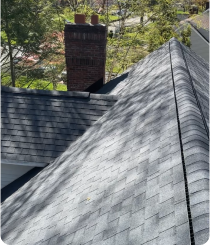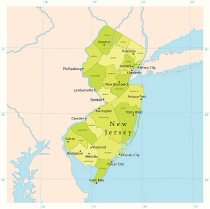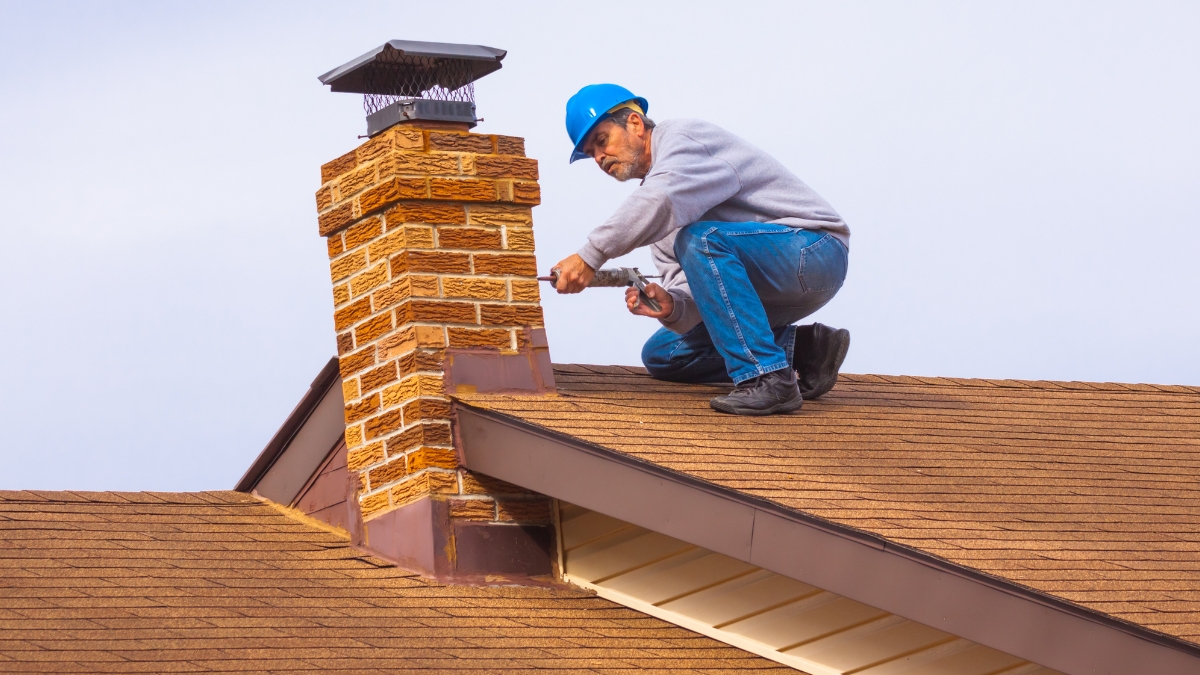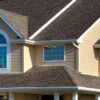As winter’s icy grip loosens and the promise of spring fills the air, homeowners often turn their attention to outdoor maintenance. While spring cleaning and garden preparation top the list, one crucial area frequently overlooked is chimney maintenance. Before the inevitable spring storms unleash their fury, ensuring your chimney’s masonry is in top condition is paramount.
Common Signs of Chimney Masonry Damage:
Recognizing the signs of damage early is crucial for preventing costly repairs. Here are some key indicators to watch for:
- Cracked Mortar Joints: Mortar, the binding agent between bricks or stones, is particularly vulnerable to weathering. Cracks in mortar joints allow water to penetrate, weakening the chimney’s structure.
- Spalling Bricks or Stones: Spalling occurs when the face of bricks or stones flakes or crumbles. This is a clear sign of water damage and deterioration.
- Loose or Missing Bricks/Stones: If bricks or stones are loose or missing, it indicates significant structural damage. This can compromise the chimney’s integrity and pose a safety risk.
- White Staining (Efflorescence): Efflorescence, a white, powdery deposit on the chimney’s surface, is caused by water leaching salts from the masonry. While not always a sign of structural damage, it indicates moisture penetration.
- Water Leaks: Water leaks around the chimney base or within the home are a serious sign of damage. This can lead to rot, mold growth, and structural issues.
- Damaged Chimney Crown: The chimney crown, the concrete or masonry slab at the top of the chimney, protects the flue from water intrusion. Cracks or damage to the crown can allow water to seep into the chimney.
- Tilting or Leaning Chimney: A leaning or tilting chimney indicates severe structural damage. This requires immediate professional attention.
Call Apex Roofing Solutions at (973) 558-3045 today!
The Dangers of Neglecting Chimney Repairs:
Ignoring chimney masonry damage can lead to a cascade of problems, including:
- Water Damage: Water penetration can damage the chimney flue, roof, attic, and interior walls. This can result in costly repairs and mold growth.
- Structural Collapse: Severe damage can compromise the chimney’s structural integrity, leading to partial or complete collapse. This poses a significant safety risk to occupants and surrounding property.
- Fire Hazards: Cracks and gaps in the chimney can allow hot embers or sparks to escape, increasing the risk of chimney fires.
- Reduced Efficiency: Damaged chimneys can reduce the efficiency of fireplaces and heating systems, leading to higher energy bills.
- Animal Infestation: Cracks and openings provide entry points for animals, such as birds, squirrels, and raccoons, which can create nests and cause further damage.
Addressing Chimney Masonry Damage Before Spring Storms:
To prevent these issues, it’s crucial to address chimney masonry damage before spring storms arrive. Here’s a step-by-step approach:
- Thorough Inspection: Conduct a thorough visual inspection of your chimney, looking for the signs of damage mentioned earlier.
- Professional Inspection: If you notice any signs of damage or are unsure about the condition of your chimney, consult a qualified chimney mason or roofing professional.
- Mortar Repair (Tuckpointing): If the mortar joints are cracked or deteriorated, tuckpointing is necessary.
- Brick/Stone Replacement: Spalling or damaged bricks or stones should be replaced with matching materials to maintain the chimney’s appearance and structural integrity.
- Chimney Crown Repair/Replacement: A damaged chimney crown should be repaired or replaced to prevent water intrusion.
- Flashing Repair/Replacement: Flashing, the metal material that seals the junction between the chimney and roof, should be inspected for damage and repaired or replaced as needed.
- Waterproofing: Applying a high-quality masonry water repellent can help protect the chimney from water damage.
- Chimney Cap Installation: A chimney cap helps prevent rain, snow, and debris from entering the chimney flue.
The Importance of Professional Chimney Masonry Repair:
While some homeowners may attempt DIY chimney repairs, it’s generally recommended to hire a qualified professional. Chimney masonry repair requires specialized knowledge, skills, and equipment. Professionals can:
- Accurately assess the extent of the damage.
- Use the appropriate materials and techniques for repairs.
- Ensure the repairs are done safely and correctly.
- Provide warranties on their work.
Did you know?
Regular chimney inspections and maintenance can significantly extend the lifespan of your chimney and prevent costly repairs. Don’t wait for the spring storms to reveal hidden damages. Take proactive steps now to safeguard your home.
Don’t let spring storms damage your chimney! Protect your home by addressing masonry cracks and damage now. Call Apex Roofing Solutions at (973) 558-3045 for a professional chimney inspection and repair estimate.

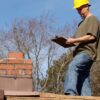

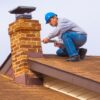

 Roof Replacement/Repairs
Roof Replacement/Repairs